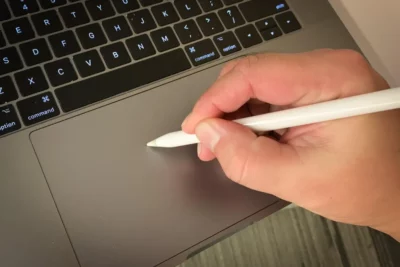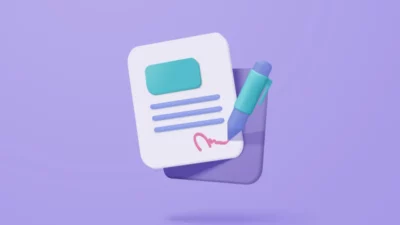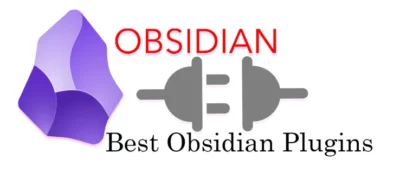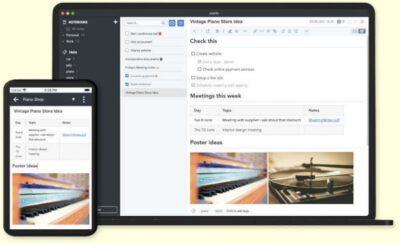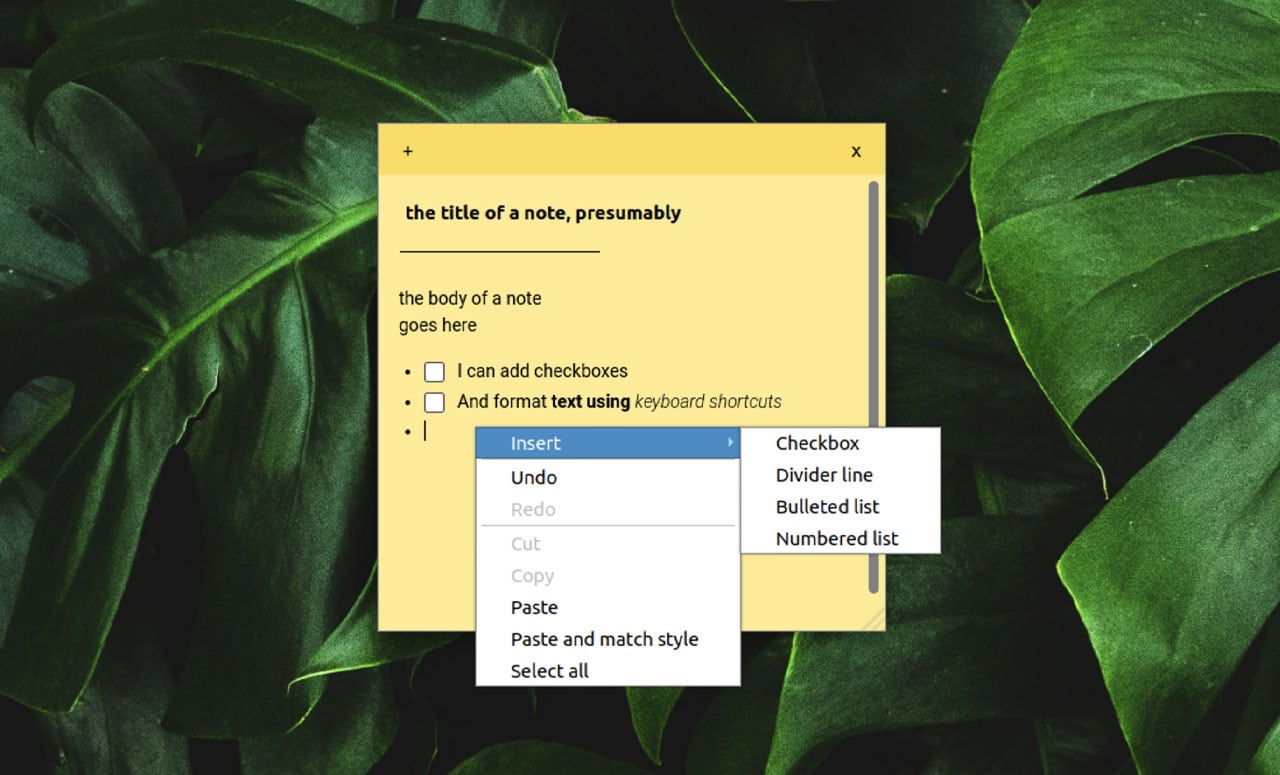TagSpaces is a privacy-focused file manager that combines tagging and note-taking without relying on the cloud

An open source (but not a truly fully open source) cross-platform app that not only does the usual notes management (Plain Text, Markdown, and HTML) but also can browse and tag local files, photos, music, ebooks, and folders too.
It is primarily an offline privacy focussed application, without any user tracking. It can also sync via your own online S3-compatible object storage from providers like AWS, Cloudflare, Wasabi, or MinIO.
Furthermore, it can also expand functionality via plugins.
On the not so great side, I see there are various paid versions, and the project is dual-licensed under the AGPL (GNU Affero General Public License) Version 3 for FOSS projects and under a commercial license for independent software vendors and resellers.
What that all means is, it is not fully open source, do as you wish with it. Some functionality is also only in the paid versions. I don’t so much mind organisations offering a paid tier for support and / or proper cloud storage, but this one does not seem to offer any fully functional community edition.
Still, I’m sure the Lite version probably does what most individual users would really need, but it is probably good to just first double check what sort of restrictions may be ahead of you that you may need in future.
See tagspaces.org/category/uncateg…
#Blog, #notes, #opensource, #organising, #technology






